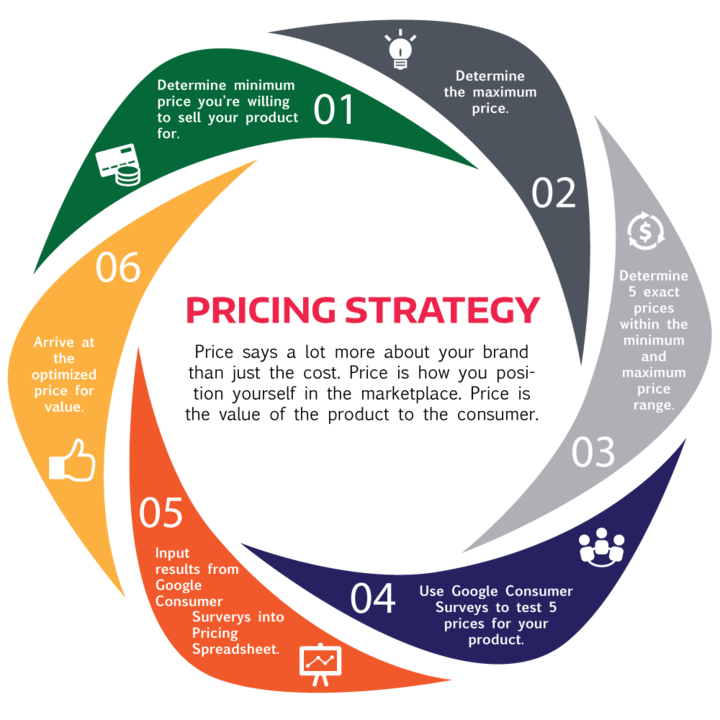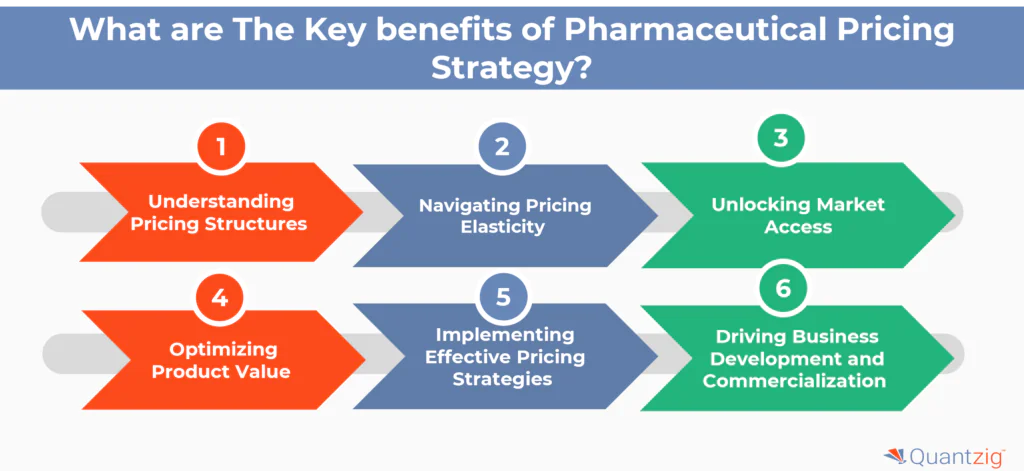Examining the Performance of Your Pricing Strategy in a Transforming Market
Examining the Performance of Your Pricing Strategy in a Transforming Market
Blog Article
Master Effective Pricing Strategies to Take Full Advantage Of Profit
In the ever-evolving landscape of business, mastering efficient rates methods is vital for services intending to make best use of revenue. A nuanced understanding of rates psychology can substantially influence client habits and acquiring decisions.
Recognizing Prices Psychology
Understanding rates psychology is critical for organizations aiming to optimize their rates techniques. This area takes a look at how consumers perceive rates and exactly how these understandings influence their buying choices. Key concepts in rates psychology include the anchoring impact, where the initial cost provided works as a referral factor for customers, and the idea of rate level of sensitivity, which differs among different consumer segments.
Furthermore, companies can take advantage of the concept of regarded value, where the perceived benefits of a services or product can justify a greater rate factor. For circumstances, costs prices can produce an aura of exclusivity, attracting customers that connect higher costs with remarkable top quality. On the various other hand, emotional pricing, such as setting a price at $9.99 rather than $10, can dramatically impact consumer actions by making prices show up much more appealing.
Furthermore, scarcity and seriousness can enhance the perceived value of items, prompting quicker acquiring decisions. Recognizing these mental triggers makes it possible for businesses to develop rates strategies that not only drive sales however also foster consumer commitment. Therefore, understanding pricing psychology is vital for efficient rates strategy formulation, leading to enhanced success and market positioning.
Carrying Out Value-Based Prices

Next off, sector your clients based on their desire to pay and the value they view. By doing so, you can customize offerings and prices approaches to straighten with different sectors.
Continually keep track of market problems and consumer feedback to refine your rates method over time. By implementing value-based pricing, organizations can boost earnings while fostering long-lasting customer loyalty.
Exploring Dynamic Prices Designs
In today's rapidly changing market landscape, dynamic rates designs have become an effective approach for companies seeking to optimize revenue and respond to fluctuations sought after. These models enable firms to change their costs in real-time based on various variables such as consumer habits, market patterns, and inventory levels. By leveraging data analytics and algorithms, businesses can determine optimum pricing factors that optimize sales while remaining competitive.
Dynamic prices can take various kinds, consisting of time-based prices, where costs rise and fall based on time of day or season, and demand-based rates, which adjusts costs according to existing consumer demand. This versatility not just enhances earnings yet also enhances client complete satisfaction by supplying rates that reflect real-time market problems.
Applying vibrant rates calls for a durable technological facilities and a deep understanding of client sections. It is critical for companies to check market signals and customer actions continuously, guaranteeing that pricing techniques align with wider company purposes. Additionally, transparent interaction regarding pricing modifications can help mitigate customer dissatisfaction and foster trust, ultimately resulting in sustained productivity in an affordable industry. Welcoming vibrant prices can therefore be a transformative strategy in the mission for making best use of revenue.
Analyzing Rival Pricing
Monitoring competitor rates is crucial for organizations aiming to maintain a competitive edge in their respective markets. By examining rivals' pricing methods, companies can recognize market fads, understand customer choices, and adjust their prices as necessary. This evaluation includes event data best site on rivals' costs, promotional strategies, and product offerings to notify rates choices.
To efficiently examine competitor rates, services must make use of various tools and techniques, such as price monitoring software program, market study reports, and consumer comments. This data can reveal how competitors place their solutions and items, enabling companies to distinguish their offerings or take on similar approaches to stay relevant.
Furthermore, it is vital to categorize competitors into straight and indirect competitors. Straight rivals use similar service or products, while indirect competitors may fulfill the same customer need with different solutions. Understanding the subtleties between these teams will allow organizations to tailor their prices strategies better.
Inevitably, continuous competitor pricing analysis is vital for making educated prices choices. It enables businesses to continue to be agile in reaction to market changes, guaranteeing they can seize possibilities and minimize risks connected with prices techniques.
Evaluating Pricing Performance
Recognizing exactly how competitor rates affects market dynamics causes an all-natural focus on reviewing pricing performance within one's very own business. This examination is important for determining areas of strength and chances for renovation, eventually improving productivity.

In addition, performing routine prices audits can expose inconsistencies between expected and actual performance. This includes comparing pricing information throughout different segments and channels to understand variances and determine fads. Incorporating customer responses can give why not try these out insights right into regarded value versus real rates, guaranteeing placement with market expectations.
Lastly, leveraging information analytics devices can facilitate deeper insights Homepage right into pricing performance, enabling companies to make data-driven adjustments (Pricing Strategy). By continuously examining rates efficiency, companies can adapt to market changes and enhance their methods, ensuring continual success in a competitive landscape
Final Thought
By leveraging prices psychology, services can enhance regarded value and dressmaker pricing to diverse consumer sectors. The fostering of dynamic and value-based prices models assists in real-time modifications based on demand and consumer readiness to pay.
Recognizing pricing psychology is vital for services aiming to optimize their pricing techniques. Understanding these mental triggers enables companies to formulate pricing methods that not just drive sales however also foster consumer commitment. Thus, grasping rates psychology is essential for effective pricing method formulation, leading to enhanced success and market positioning.
By assessing competitors' rates approaches, firms can identify market patterns, recognize consumer choices, and readjust their prices accordingly. By leveraging prices psychology, services can boost regarded worth and dressmaker pricing to diverse customer sectors.
Report this page